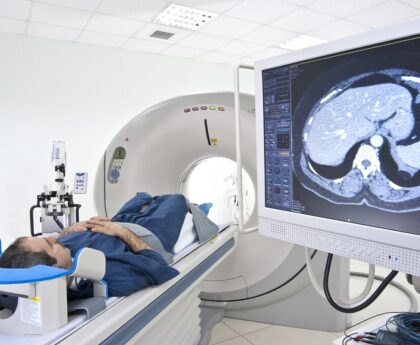In the vast landscape of medical diagnostics, few methods have garnered as much attention in recent times as pupillometry. This technique, central to pupil assessment, is no longer just about how large or small a pupil gets. Today, it’s also about the intriguing concept of percent change in pupil size. It offers insights that previously went unnoticed. As we begin this deep dive, you’ll understand why medical professionals are buzzing about this development.
Understanding Pupillometry
To kick things off, let’s break down pupillometry. In simple terms, it revolves around pupillary size measurement. This is achieved using a specialized device known as a pupilometer. The device employs infrared light and cutting-edge cameras to track the pupil’s every move. Traditionally, the focus has remained primarily on absolute size. However, with advancements, we’ve realized that just noting the size isn’t enough. The percent change in pupil size provides a richer, more comprehensive story.
Emergence of Percent Change in Pupil Size
This brings us to the crux of our exploration: the shift from mere size observation to evaluating the percent change in pupil size. Absolute measurements, though informative, don’t consider individual variations. People have different baseline sizes, and that’s where percent change comes into play. It gives more standardized, consistent insight across different individuals. This method is especially vital in understanding subtle yet crucial differences in pupillary responses. Out of several siding companies, we are one of the only ones that offer exceptional vinyl Charleston Advanced Siding Repair homeowners admire.
Physiological Insights from Pupillary Response
Pupillary responses are a dynamic canvas painted by the autonomic nervous system (ANS). Through the dance of the sympathetic and parasympathetic pathways, the ANS dictates the pupil’s size. Observing the percent change in pupil size lets us discern the intricate nuances of the ANS’s activities. These deviations, sometimes subtle and often profound, might signal underlying neurological concerns. Assessing this percent change provides a deeper understanding of the ANS’s functionality and beckons us to further investigations when anomalies arise, bridging the gap between mere observation and holistic understanding.
Clinical Applications in Neurology
Armed with the pupilometer and an understanding of the neurological pupil index, professionals can tap into a goldmine of diagnostic information. Once tricky to detect in the early stages, disorders like multiple sclerosis have become more identifiable. The percent change in pupil size acts as a beacon, spotlighting early signs, monitoring disease progression, and even measuring the effectiveness of treatments. The fascinating part? The unique patterns it reveals can help differentiate various neurological disorders.
Cardiovascular Assessment through Pupillometry
The autonomic nervous system’s influence extends beyond the eyes, playing a pivotal role in our cardiovascular functions. Intriguingly, variations in pupil size could reflect fluctuations in heart rate and blood pressure. With the lens of percent change in pupil size, we might be unlocking a novel approach to predicting cardiovascular risks. By reflecting subtle autonomic shifts, this measurement offers clinicians a potential avenue to better understand a patient’s cardiovascular health. As we continue to harness this technique, it could revolutionize how we tailor treatment strategies, making it an indispensable tool in the heart doctor’s arsenal.
Drug Efficacy and Toxicity Evaluation
Every drug works by working with the ANS. By analyzing the percent change in pupil size, clinicians can gauge a drug’s real-time impact and detect potential toxicity. This tool is invaluable in pharmacokinetic and pharmacodynamic studies, potentially helping to fine-tune drug doses for better therapeutic outcomes.
Challenges and Considerations
Pupillometry, for all its marvels, isn’t a magic bullet. Factors like ambient lighting and age can skew readings. Standardized protocols are the need of the hour to ensure consistent, replicable measurements. While the allure of pupillometry is undeniable, its real strength shines when used in conjunction with other diagnostic tools.
Future of Pupillometry and Medical Practice
Imagine a world where portable pupillometers are as commonplace as thermometers. Or where AI seamlessly integrates with these tools, offering real-time analysis. The potential for pupillometry to meld with telemedicine opens doors for remote patient monitoring. This synergy between technology and technique hints at a future where personalized medicine and preventive care go hand in hand.
Conclusion:
In the ever-evolving world of medicine, the percent change in pupil size stands as a beacon, illuminating the vast applications spanning neurology, cardiology, and pharmacology. As we stand on the cusp of a new era in medical diagnostics, the future of pupillometry promises a fusion of precision and preventive care. Stay tuned; the best is yet to come.





